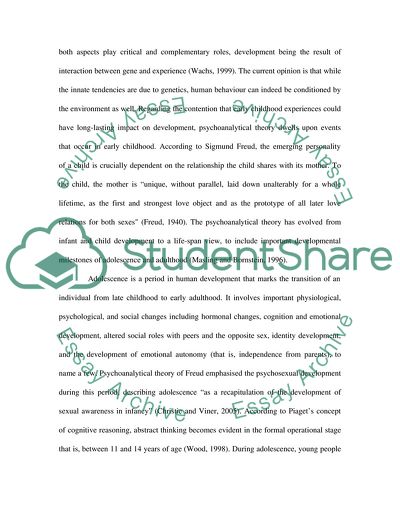Cite this document
(An Adolescents Emotional Functioning Is Determined by Very Early Term Paper, n.d.)
An Adolescents Emotional Functioning Is Determined by Very Early Term Paper. Retrieved from https://studentshare.org/psychology/1737435-an-adolescents-emotional-functioning-is-determined-by-their-very-early-experiences-discuss
An Adolescents Emotional Functioning Is Determined by Very Early Term Paper. Retrieved from https://studentshare.org/psychology/1737435-an-adolescents-emotional-functioning-is-determined-by-their-very-early-experiences-discuss
(An Adolescents Emotional Functioning Is Determined by Very Early Term Paper)
An Adolescents Emotional Functioning Is Determined by Very Early Term Paper. https://studentshare.org/psychology/1737435-an-adolescents-emotional-functioning-is-determined-by-their-very-early-experiences-discuss.
An Adolescents Emotional Functioning Is Determined by Very Early Term Paper. https://studentshare.org/psychology/1737435-an-adolescents-emotional-functioning-is-determined-by-their-very-early-experiences-discuss.
“An Adolescents Emotional Functioning Is Determined by Very Early Term Paper”. https://studentshare.org/psychology/1737435-an-adolescents-emotional-functioning-is-determined-by-their-very-early-experiences-discuss.


